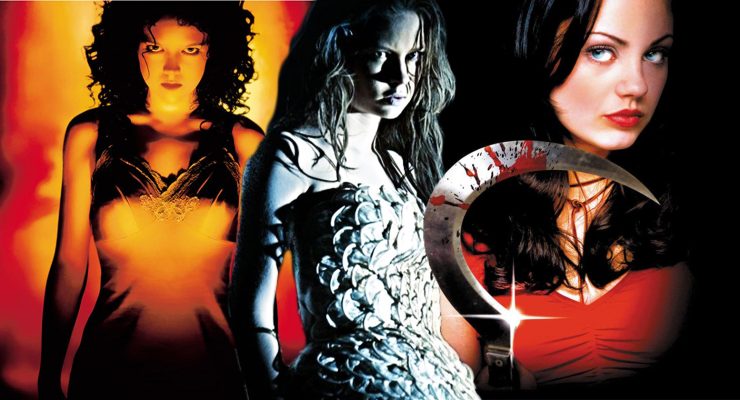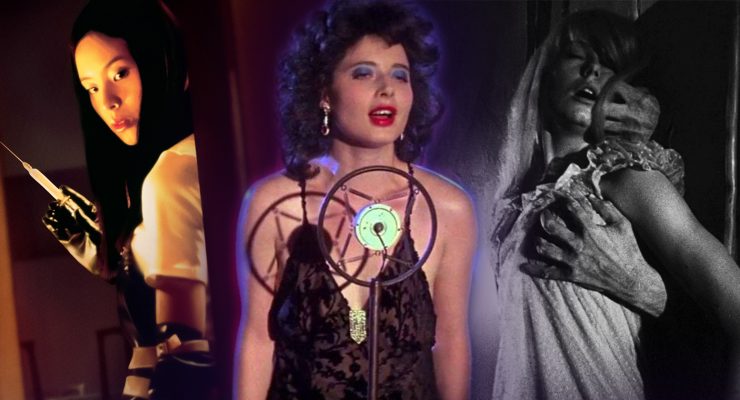Paul Risker chats with McLaren director Roger Donaldson…
“Every movie is different” says filmmaker Roger Donaldson. “There are always so many things to keep you interested and so I’m not bored yet.” The story of racing driver, constructor and engineer Bruce McLaren has become the primary focus of Donaldson. It is one that has seen him transition away from a long series of narrative features including: Cocktail, Species, Dante’s Peak and The Recruit, to direct documentary McLaren. While the Cold War drama Thirteen Days indicates his interest in real life stories, his 1971 documentary short Burt Munro: Offerings to the God of Speed, and 2005 narrative feature The World’s Fastest Indian starring Anthony Hopkins as Burt Munro, connects merges his three interests of life, fiction and racing.
In conversation with Flickering Myth, Donaldson discussed a career in film that has embraced change, yet is one underpinned by the stability of his choices. He also discussed the personal connection to McLaren, the duty of care towards the audience and how any one film is part of another narrative.
Why a career in filmmaking? Was there an inspirational or defining moment?
Well I was going to be a geologist. I spent a little time out in the Australian desert being one, and well, I remember that there wasn’t much female company out there. So that was an incentive to get back to the city. But from a very early age I was crazy about the arts. An older friend taught me how to be a photographer, and I finished up living in New Zealand. When I moved there I turned my back on geology and became a photographer, and that morphed into filmmaking. Initially I was doing documentaries and commercials, and then later on feature films.
There was a time when narrative features and documentaries were discussed independently of one another. It appears that this divide has now been bridged, allowing both to be discussed as storytelling forms. What for you has allowed documentaries to evolve and to be embraced in this narrative concept? Is there a specific reason?
Things have changed a lot recently. The digital age with streaming television and being able to watch whatever you want, whenever you want has made such a difference to viewing habits. And it wasn’t that long ago that you couldn’t mention television and feature films in the same breath, and documentaries were under that. There have been some great documentaries that have elevated the genre enormously and then there have been recent things like, Making a Murderer that was screened on Netflix. Documentaries like this you couldn’t really do in the cinema because they ran over a long period of time. People have become involved in the stories and so suddenly there is this real interest in making documentaries, and some really amazing ones have been made. The technology now, how you film and edit them allows you to do it in a much more intimate way. So there have been films made where people just get the camera and do it themselves.
How has your perspective of the filmmaking process and more broadly of cinema and storytelling changed across your career?
The biggest change and one I’ve really enjoyed embracing has been the digital age. I was one of the very first filmmakers to edit digitally, many years ago now. And then with The Bank Job, it doesn’t seem that long ago, but it was one of the early films to be shot digitally. The freedom that it gives you and the way the film is edited and the sound is done, there’s just a new energy in filmmaking. Once upon a time it was isolated from the public in a way, but now it’s much more democratic. If you’ve got the bright ideas, there’s a way to make a film.
I always try to find something that is of personal interest to me. Movies like Species, I managed to get an A grade cast and then I had a real fascination with the SETI project (The Search for Extraterrestrial Intelligence) that’s still ongoing. Part of doing that film I went to Arecibo, Puerto Rico, where they have this big radio telescope. They showed me what they were doing and where they thought they may have made contact with alien civilisations. So every movie has something about it that underlines something I’m interested in.
What drew you to the project and compelled your interest to tell Bruce McLaren’s story?
I think it really goes back to when I saw Bruce McLaren drive in some of those early races in Australia as a teenager, and he probably wasn’t much older. I’d had the experience of loving racing and my dad was passionate about cars, and then in the early eighties when I was making Smash Palace I actually met Bruce’s father, who lent me a car for the film. And I met Phil Kerr who’s also in the documentary. I remember Phil saying: “You should make a film about Bruce McLaren” and he told me about how he used to work for him, and of course here I am many years later doing a film about Bruce. I think it was just my own passion and an excuse to go back to New Zealand, and spend some time there. I had left in the eighties and I went back when I made The World’s Fastest Indian in New Zealand. I enjoyed doing that and so it was an excuse to go back to New Zealand for a while, as well as my passion for the subject.
Part of the reason I was also interested in doing it was that everybody has heard of McLaren cars, but most people, even those that have any interest in the cars, would be hard pressed to tell you why it’s called a McLaren, and that the logo on the car is actually a Flying Kiwi. You put those two things together and I think there seemed to be reason to tell the story. I also felt the story had enough human interest to transcend just being a film that car aficionados would appreciate – women that get dragged along to it by their husband or boyfriend would say, “I got into that film and I was moved by it.” It has to be a lot more about a car and why it is called a McLaren.
The visual and narrative approach of the documentary, which has an energy to it, not only helps you to tell Bruce’s story, but captures the essence of the man.
Well I just take that as a compliment. There were things I did deliberately because most of it was found footage, and what you have to work with dictates to you. I had this device where the people being interviewed could look directly into the lens of the camera, because I felt like the connection with the people that really did know Bruce was going to be the heart and the soul of the movie. Without their tone and without their stories, they wouldn’t connect with the present. I also felt this connection when seeing the people in the movie as they were fifty years ago, and today still remember Bruce so fondly, effected by the time they had with him. I felt there was a movie in that.
The combination of the direct to camera interviews with a human interest story must have supported your ambitions to tell a story with broader appeal.
Every element of the movie, how it’s edited, the performances, the sound and the music, all of those things are there for an audience to immerse themselves in the story. As a director you don’t want people to be looking at it like it’s a picture on the wall, you want people to be involved in and effected by the story – to care about the people watching the film.
Filmmaker Christoph Behl remarked to me: “You are evolving, and after the film you are not the same person as you were before.” Do you perceive there to be a transformative aspect to the creative process?
I think that’s a very astute observation and that’s why I enjoy doing it. It’s like its own little story where I can divide my life up into the movies that I’ve made, and everyone has a real story that goes with it, because they never go as you think they will. Everything from who you get to make it with, to how the audience reacts, and then how history treats it.
McLaren is released on Blu-ray, DVD and digital platforms by Universal on May 29th 2017.
Many thanks to Roger Donaldson for taking the time for this interview.
Paul Risker










